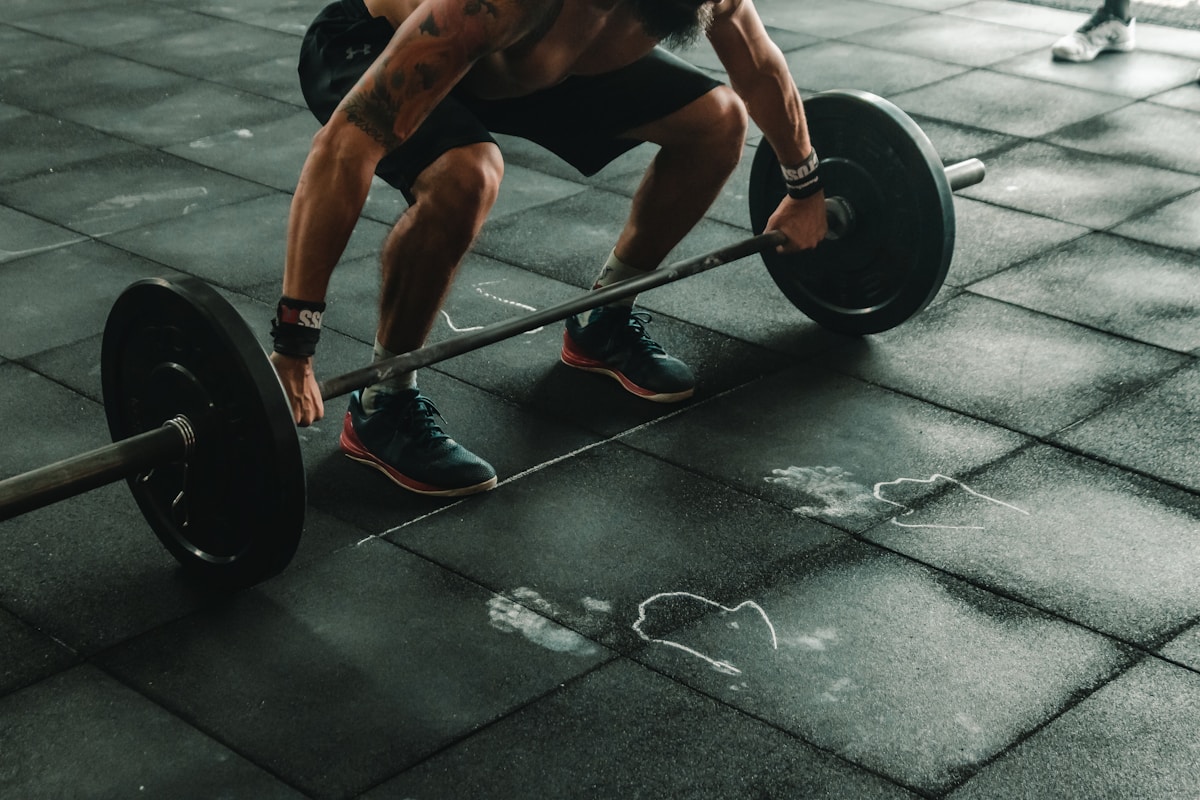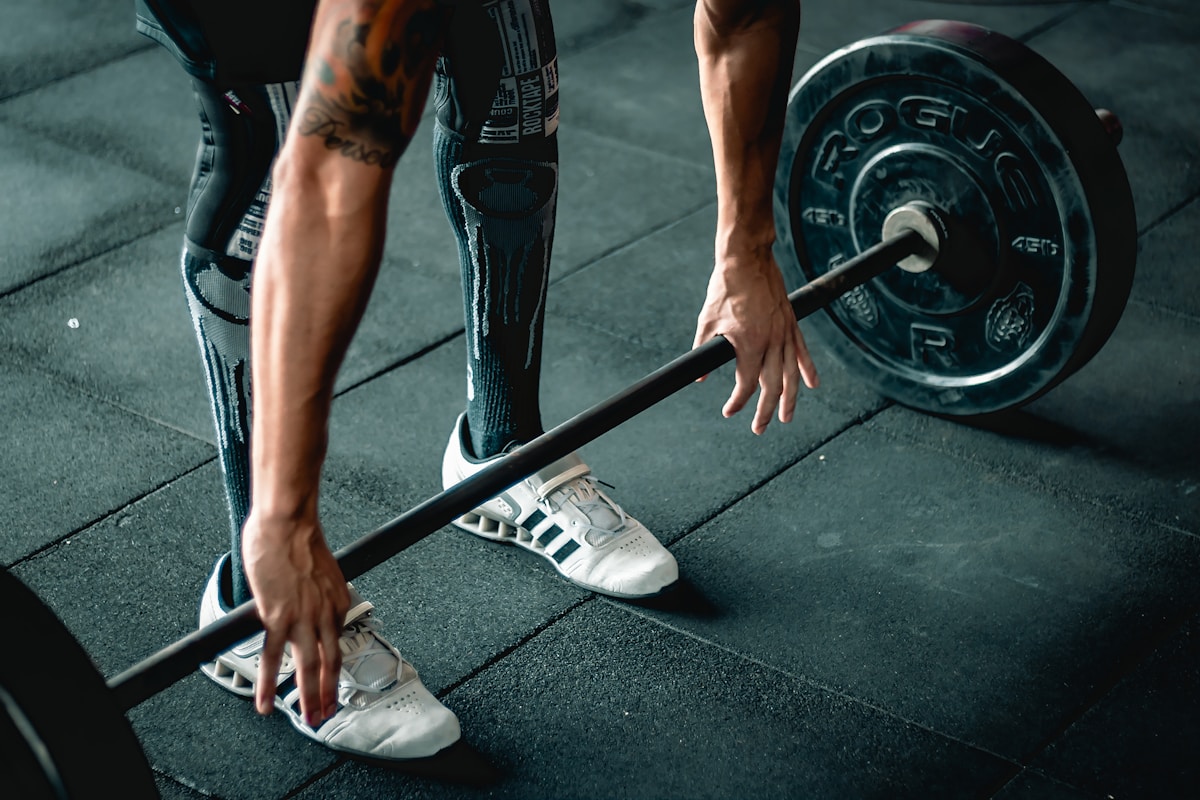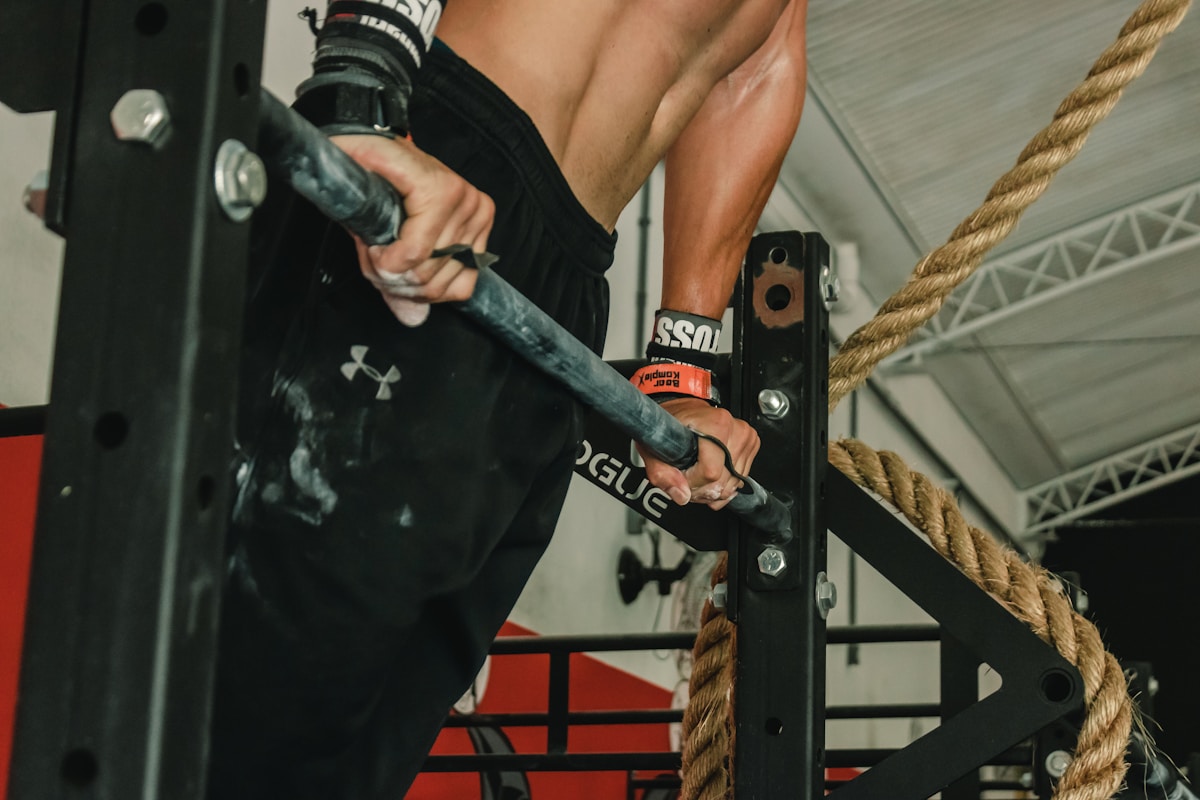Building Endurance: Training for CrossFit Games and Competitions
Understanding CrossFit Competitions: Exploring the Structure and Challenges of CrossFit Games
Understanding CrossFit Competitions: Exploring the Structure and Challenges of CrossFit Games
CrossFit competitions, such as the CrossFit Games, showcase the pinnacle of athletic performance, pushing athletes to their limits in various physical challenges. These competitions are designed to test athletes’ strength, endurance, speed, agility, and overall fitness. Understanding the structure and challenges of CrossFit competitions is essential for athletes who aspire to compete and excel in these events.
The CrossFit Games is an annual competition that brings together elite athletes from around the world. It consists of a series of events that encompass a wide range of movements, exercises, and modalities, including weightlifting, gymnastics, cardio, and functional fitness. Athletes must be prepared to tackle anything that comes their way, showcasing their versatility and adaptability.
The challenges in CrossFit competitions are designed to push athletes beyond their comfort zones. Workouts are often intense, high-intensity interval training (HIIT) sessions that require a combination of strength, endurance, and mental resilience. Athletes must demonstrate their ability to perform under pressure and maintain consistent performance throughout the duration of the competition.
Additionally, CrossFit competitions are known for their element of surprise. The workouts are not revealed until shortly before the event, leaving athletes with limited time to strategize and prepare. This adds an extra layer of challenge and excitement to the competition, testing athletes’ ability to think on their feet and adapt to unknown circumstances.
In this blog post, we delve into the structure and challenges of CrossFit competitions. We explore the various types of events, the skills required to excel, and the mindset needed to thrive in the competitive CrossFit arena. Whether you’re an aspiring competitor or simply curious about the world of CrossFit competitions, join us as we unravel the excitement and intensity of these remarkable athletic events.
CrossFit Games Training: Developing Endurance Strategies for High-Intensity Workouts
CrossFit Games Training: Developing Endurance Strategies for High-Intensity Workouts
CrossFit Games training requires athletes to possess exceptional endurance to excel in the demanding workouts and challenges. Endurance is a crucial component of performance, allowing athletes to sustain high-intensity efforts over extended periods. Developing effective endurance strategies is key to optimizing performance and achieving success in CrossFit competitions.
One of the primary training methods for building endurance in CrossFit is through cardiovascular conditioning. This involves incorporating workouts that target the cardiovascular system, such as running, rowing, cycling, and swimming. These exercises improve aerobic capacity and enhance the body’s ability to efficiently deliver oxygen to working muscles.
Interval training is also vital for developing endurance in CrossFit. High-intensity interval training (HIIT) involves alternating between periods of intense exercise and active recovery. This training method challenges the cardiovascular system, increases anaerobic capacity, and improves overall endurance. Athletes can incorporate HIIT workouts with movements commonly found in CrossFit, such as burpees, box jumps, kettlebell swings, and wall balls.
In addition to cardiovascular conditioning and interval training, building muscular endurance is essential for CrossFit Games preparation. This involves performing exercises with lighter weights and higher repetitions, focusing on maintaining proper form and technique while minimizing muscle fatigue.
Proper recovery and nutrition play significant roles in optimizing endurance. Adequate rest, sleep, hydration, and fueling the body with balanced nutrition are essential for supporting endurance training and maximizing performance.
In this blog post, we explore various endurance training strategies specifically tailored for CrossFit Games preparation. From cardiovascular conditioning to interval training and recovery techniques, we provide insights and tips to help athletes develop the endurance necessary to excel in high-intensity CrossFit workouts and competitions. Join us as we delve into the world of CrossFit Games training and unlock the secrets to building exceptional endurance.
Endurance Building Workouts: Incorporating Long Duration and Cardiovascular Training into CrossFit Programs
Endurance Building Workouts: Incorporating Long Duration and Cardiovascular Training into CrossFit Programs
Endurance is a critical component of success in CrossFit competitions, and incorporating specific workouts to build endurance is essential for athletes aiming to improve their performance. While CrossFit workouts typically emphasize intensity and power, it’s equally important to include long duration and cardiovascular training to enhance endurance capacity.
Long duration workouts involve sustained effort over an extended period, challenging the body’s ability to maintain intensity and sustain performance. These workouts often incorporate movements such as running, rowing, cycling, or swimming for extended periods, pushing athletes to develop mental and physical stamina.
Cardiovascular training is crucial for improving endurance in CrossFit. It involves exercises that elevate heart rate and engage the cardiovascular system, such as running, biking, or swimming. These activities help increase aerobic capacity, improve oxygen delivery to working muscles, and enhance overall endurance.
Interval training, which alternates between periods of high-intensity effort and active recovery, can also be integrated into endurance building workouts. This method challenges the body to adapt to intense bursts of activity followed by brief recovery periods, effectively improving anaerobic capacity and enhancing overall endurance.
Incorporating endurance-focused workouts into CrossFit training programs can be done through dedicated endurance sessions or by integrating longer duration and cardiovascular elements into regular CrossFit workouts. By including these types of workouts, athletes can improve their ability to sustain high-intensity efforts, recover more efficiently, and perform at their best in CrossFit competitions.
In this blog post, we explore various endurance building workouts specifically designed to enhance endurance in CrossFit. From long duration workouts to cardiovascular training and interval sessions, we provide insights and examples to help athletes incorporate effective endurance training into their CrossFit programs. Join us as we dive into the world of endurance building and unlock the potential to excel in CrossFit through enhanced stamina and performance.
Nutrition and Recovery: Fueling the Endurance Athlete for CrossFit Competitions
Nutrition and Recovery: Fueling the Endurance Athlete for CrossFit Competitions
Proper nutrition and recovery play a vital role in optimizing performance and supporting endurance training for CrossFit competitions. Fueling the body with the right nutrients and allowing for adequate recovery are essential for sustaining energy levels, enhancing endurance, and promoting overall health and well-being.
Endurance athletes in CrossFit require a well-balanced diet that provides sufficient macronutrients (carbohydrates, protein, and fats) and micronutrients (vitamins and minerals) to support their training and performance. Carbohydrates are especially important as they serve as the primary fuel source for high-intensity exercise. Including complex carbohydrates, such as whole grains, fruits, and vegetables, helps maintain glycogen stores and sustain energy levels during workouts.
Protein is crucial for muscle repair and recovery. Adequate protein intake supports muscle growth, repair, and maintenance. Sources of lean protein, such as poultry, fish, eggs, and legumes, should be included in the diet to support muscle recovery and development.
Healthy fats, such as avocados, nuts, and olive oil, provide essential fatty acids that support overall health and provide sustained energy during endurance activities. Additionally, staying properly hydrated is vital for endurance athletes to maintain performance and prevent dehydration.
Proper recovery is equally important as training itself. Adequate rest, sleep, and recovery strategies, such as foam rolling, stretching, and massage, help reduce muscle soreness, prevent injuries, and enhance overall performance.
In this blog post, we delve into the importance of nutrition and recovery for fueling the endurance athlete in CrossFit competitions. We provide valuable insights into proper nutrition strategies, including pre-workout and post-workout meals, hydration guidelines, and recovery techniques. Join us as we explore the role of nutrition and recovery in supporting endurance training and maximizing performance in CrossFit competitions.
Mental Preparation: Building Mental Toughness and Resilience for CrossFit Games and Competitions
Mental Preparation: Building Mental Toughness and Resilience for CrossFit Games and Competitions
While physical training is crucial for success in CrossFit competitions, mental preparation plays an equally important role in achieving peak performance. Building mental toughness and resilience is essential for athletes to overcome challenges, push through discomfort, and perform at their best during high-intensity workouts and competitions.
Mental preparation involves developing strategies to stay focused, motivated, and mentally strong throughout training and competition. Techniques such as goal setting, visualization, positive self-talk, and mindfulness can help athletes cultivate a strong mental game.
Goal setting allows athletes to establish clear objectives and targets, providing a sense of direction and purpose. Visualizing success, imagining oneself performing well in challenging situations, and mentally rehearsing workouts can enhance confidence and mental resilience.
Positive self-talk involves replacing negative thoughts with positive and empowering statements, which can help athletes maintain a positive mindset and overcome self-doubt. Mindfulness practices, such as deep breathing, meditation, and staying present in the moment, can improve focus, reduce stress, and enhance overall mental well-being.
Developing mental toughness also involves embracing discomfort and pushing through physical and mental barriers. CrossFit workouts often test an athlete’s limits, and being mentally prepared to face fatigue, discomfort, and setbacks is crucial for success.
In this blog post, we explore the importance of mental preparation in CrossFit Games and competitions. We delve into various strategies and techniques that athletes can use to build mental toughness, enhance resilience, and perform at their best. Join us as we uncover the power of the mind in achieving success in CrossFit through mental preparation and fortitude.
Conclusion
In the world of CrossFit Games and competitions, mental toughness is the key to unlocking your full potential. By employing strategies such as goal setting, visualization, and positive self-talk, you can enhance your mental game and push through physical and mental barriers. Building mental resilience will not only benefit your performance in CrossFit, but it will also translate to other areas of your life. Embrace the challenge, cultivate mental toughness, and watch your performance soar in CrossFit competitions. Remember, the mind is a powerful tool, and with the right mental preparation, you can overcome any obstacle that comes your way.



